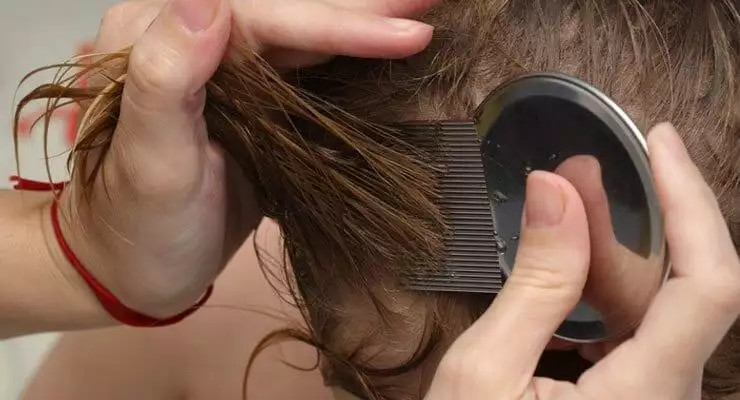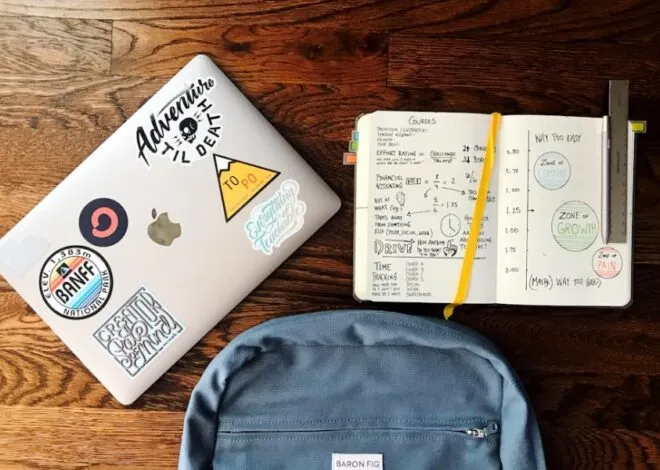The next time your child brings home a letter from school detailing the latest lice infestation, don’t panic. Common parasites, head lice infest the scalps of millions of children every year. According to the U.S. Food and Drug Administration, children between the ages of 3 and 11 years account for six to 12 million cases of head lice infestations annually. These small insects can spread throughout schools and households.
Lice
Lice are tiny parasites that can live on your child’s hair and scalp. While anyone can have lice, infestations most commonly infect girls younger than 12 years old, regardless of social status, race and age. Lice bite into your child’s scalp and live off her blood. Adult lice are about the size of a sesame seed. They lay small eggs, known as nits, which stick to hair and skin, making removal difficult.
Symptoms
During an infestation, your child may experience a tickling sensation on his scalp; itching is another common symptom. Your child might have small bite marks, sores and swelling on his scalp, most commonly in the area behind his ears and at the back of his neck. If you look closely at his scalp and hair strands, you might observe live lice or notice the small, white spots that are the nits. If you’re not sure if a white speck is a nit, try flicking it with your finger. If it moves, you’ve likely flicked away a dandruff flake. A nit will cling to the hair strand.
Prevention
Head lice spreads easily from direct contact with infected individuals or by sharing items with someone who has lice. While you can’t completely avoid lice, careful practices can reduce the risk of infestations. Discourage your child from sharing items like scarves, hats, helmets, towels, headphones, hairbrushes and hair ties.
Treatment
Over-the-counter lice shampoos and treatments contain ingredients that help kill lice and remove the eggs, notes the FDA These non-prescription medications may include benzyl alcohol or permethrin. Treatments commonly include wet combing, a method of scraping the loosened lice and nits from your child’s hair. Avoid a recurrence of the infestation by disinfecting all of your child’s personal hair care items, such as brushes and combs. Wash her pillowcases, towels, clothes and sheets in hot water.
Warning
Avoid using lice treatments on children under the age of 6 months without your doctor’s recommendation. While over-the-counter treatments may help eliminate most cases of head lice, some children can develop skin infections from scratching. Contact your pediatrician if your child develops areas of tender, red skin or has a stubborn infestation that you cannot clear up with OTC medications.





